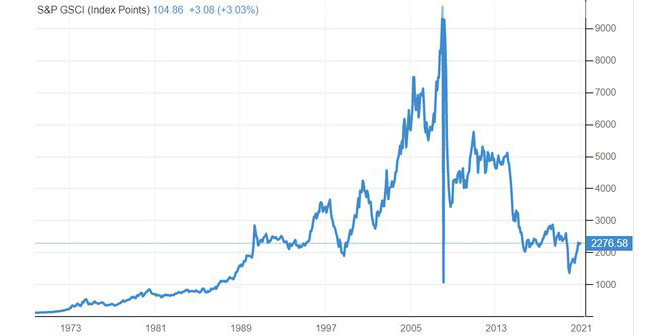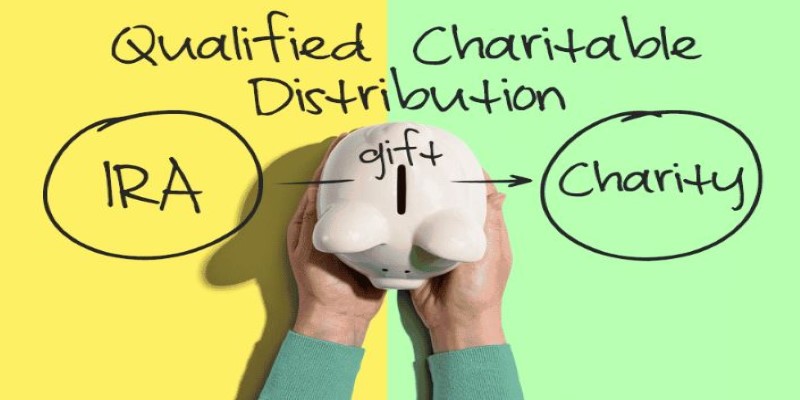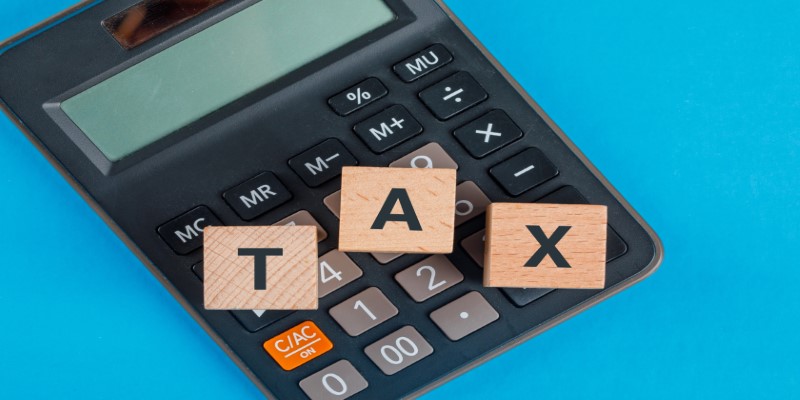How Does the Operation of Pension Funds Work?
Feb 13, 2024 By Susan Kelly
A defined-benefit pension is the most popular sort of conventional pension. Employees who leave their jobs receive a monthly benefit from the pension plan based on a proportion of their average wage over the past several years once they have left their jobs. How long the organization has employed them is also considered. Benefits are paid for in part by both employers and employees. For example, a pension plan may pay 1% for each year of service multiplied by the average wage of the person's final five years of employment.
Why and How Pension Plans Operate
Traditional pension plans, often known as pension funds, have been fading from the private sector for some time now. Employees in the public sector, such as those in law enforcement, now make up the majority of those having pensions that are both active and expanding. Companies and other employers' private pension plans seldom include an inflation-adjusted cost-of-living escalator, so their benefits might depreciate over time.
Regulation and Insurance of Pension Plans

Single and multi-employer plans are the two primary forms of private pension plans. Those who fall under this category include unionized workers who may be employed by more than one company. The Employee Retirement Income Security Act of 1974 governs both sorts of private plans.
The Pension Benefit Guaranty Corporation's creation is intended to improve the financial stability of pensions. A yearly premium is paid to the PBGC by employers for each member in their pension plans; the PBGC guarantees that employees will receive retirement and other benefits if the company goes out of business or decides to terminate its pension plan.
Investing in Pension Funds: A Quick Guide
The law does not predetermine an ERISA-compliant pension plan's investments. ERISA, on the other hand, mandates that plan sponsors act in a fiduciary capacity. This implies that they must put the needs of their clientele ahead of their interests.
For the sake of protecting themselves from substantial losses, the investments they make must be both cautious and diverse. Bonds, equities, and commercial real estate are the usual investments for a pension fund.
The Current Situation of Pension Funds

Many pension plans are in trouble today, although some are in good form. These statistics are mirrored in the financial liabilities of the PBGC, the insurer of private pension schemes. The PBGC recorded a net deficit of $48.2 billion at the end of its 2020 fiscal year.
It had a $15.5 billion surplus in its single-employer program but a $63.7 billion deficit in its multi-employer program. One-employer plans are predicted to improve financially, while multi-employer plans will see a significant decline in their financial standings over the next ten years, as noted by CRS.
Taxation Of Pension Plans?
Most employer-sponsored pension plans meet the Employee Government Pension Security Act of 1974 (ERISA) and Internal Revenue Code 401(a) standards. 1415 As a result, companies, and employees benefit from their tax-free status. Employee contributions to the plan are deducted from the employee's gross income or "off the top." This lowers the employee's taxable income and the amount they owe the Internal Revenue Service on tax day.
Pension Plan vs. Pension Funds
The term "pension fund" refers to a defined-benefit plan pooling payments from companies, unions, or other organizations. For the benefit of a firm and its employees, pension funds may control massive sums of money and are some of the world's most powerful institutional investors. Their activities can significantly impact the stock markets in which they are involved.
Generally speaking, pension funds are not subject to capital gains tax. Tax-deferred or tax-exempt returns on their investment portfolios are the norm for these individuals. Employees can budget their future expenses with a pension fund, which gives a fixed, predetermined income upon retirement.
Monthly Or A Lump Sum?
To receive your benefits under a defined-benefit plan, you may choose between receiving a series of payments throughout your life or a lump amount. Some programs enable participants to withdraw a lump amount and make recurring payments out of the remaining funds. There will very certainly be a deadline for making a choice, and after that period has passed, the decision is definitive. Annuity vs. lump sum: There are several factors to consider while deciding between the two options.
Annuity
In most cases, retirees can choose between a single-life annuity for themselves or a joint and survivor annuity for themselves and their spouse. The second option offers a smaller monthly benefit, but the payments continue as long as the surviving spouse lives. Some people choose a single-life annuity instead of a multi-life one.
When the employee passes away, the pension payments cease, but the surviving spouse receives a sizable tax-free death benefit that can be invested. Yes, in theory. Pension Benefit Guarantee Corporation might pay part of your annuity up to a legally determined level in case of a shortfall in your pension fund funds.

All You Need to Know About Commodity Index?

An Inside Look at the Tech Stack of American Express

Learn: What is Delivered Duty Unpaid (DDU)?

HSBC to challenge Revolut and Wise with new forex app

How an International Payment Provider Works

What You Need to Know About Permanently Restricted Assets and Their Uses

Profit Margin Defined

Why Retirees Should Consider QCDs for Charitable Giving and Tax Reduction

Why Building Credit is So Important

Tuition and Fees Deduction: A Step-by-Step Guide to Using Form 8917

Tax Rules for U.S. Territories: What IRS Publication 570 Means for You
